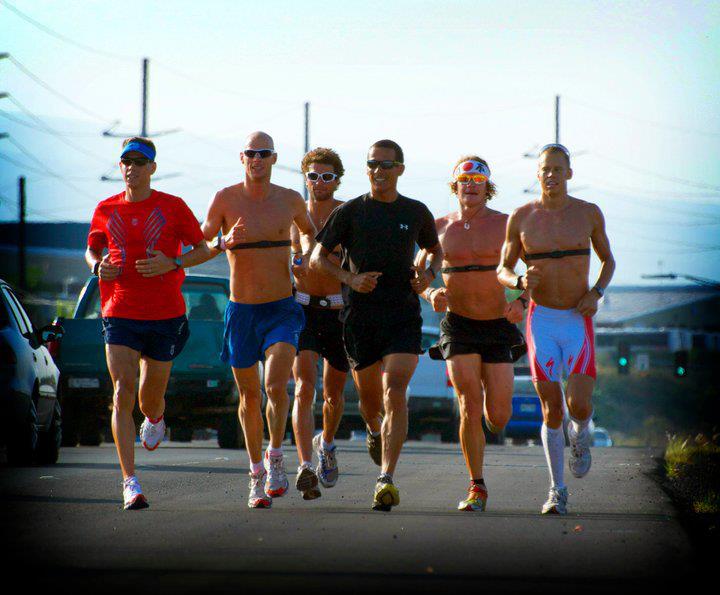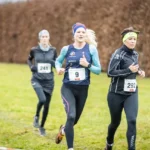Additionally, the collective knowledge and experience of past generations has been passed down to the current generation, allowing athletes of all ages to benefit from their predecessors’ learnings. This, combined with access to qualified coaches and research, has led to improved performance for athletes of all ages and abilities.
Moreover, athletes today have learned to optimize their training and recovery strategies, as well as monitor their training progress through lactate testing or urea testing (urea is a waste product of protein metabolism, in the blood. Elevated levels of urea can indicate increased muscle damage and stress on the body).
In addition, access to psychological support and mental training has also helped to further enhance performance, and these resources are not just limited to young athletes but available to everyone. However, despite these advancements, it is still necessary to put in a lot of hard work and training in order to achieve success. That is to say, training methods have not changed, and it still requires a large amount of aerobic training volume and interval training to be fast over almost all endurance distances.
To be a successful athlete, it is important to train smarter, not necessarily harder. This means listening to your body, avoiding bad training decisions that could lead to overtraining, burnout, or injury, and finding a balance between high intensity and low intensity training. So, Athletes of all ages need patience and guidance from themselves and their coaches, as it is tempting to train too hard and push too far.
However, it is important to challenge oneself and explore new training methods, while still being mindful of one’s limits and avoiding burnout. Certainly, the principle of speed still holds true for athletes who want to be faster over longer distances. In order to be fast over longer distances, it is necessary to also be fast over shorter distances.
For example, this has been demonstrated by the faster marathon and Ironman finishing times from athletes who were previously fast over shorter distances. The combination of speed and endurance is crucial in achieving success in longer races, and these principles apply to athletes of all ages and abilities.
Athletes today have access to better equipment and more knowledge about proper fuelling and hydration, but they are still susceptible to making the same mistakes as past generations. It is important to remain patient, listen to one’s own body, and treat it and the mind well.
To clarify, training is not as complicated as it may seem, and by combining talent, hard work, passion, and patience, athletes of all ages can go far.
Despite advances in sport science, nutrition, and equipment, it can sometimes be overwhelming and stressful for athletes to keep track of everything. It is important to remember that the best computer is your own brain and not your smartphone or any apps.
Similarly, focusing on keeping things simple and not getting caught up in all the latest trends can be more effective in the long run, and this applies to athletes of all ages. Athletes should strive to find a balance between utilizing modern technologies and methods and relying on their own instincts and experience. Furthermore, another important factor that has contributed to the improved performance of athletes is expert coaching.
Qualified coaches provide athletes with the knowledge and guidance to optimize their training and avoid common pitfalls such as injuries or overtraining. However, the dangers for highly motivated and performance-oriented athletes remain the same. It is easy for athletes to get caught up in pushing themselves too hard or training too much, which can lead to overtraining or injury, slowing down their development.
In short, this is why it is crucial for athletes to listen to their bodies, and for coaches to understand their athletes’ individual needs and adjust their coaching style accordingly. This can help to ensure that athletes are training in a safe, effective, and sustainable way, maximizing their potential and minimizing the risk of setbacks.



